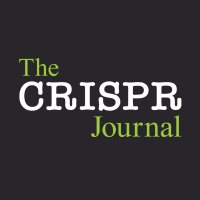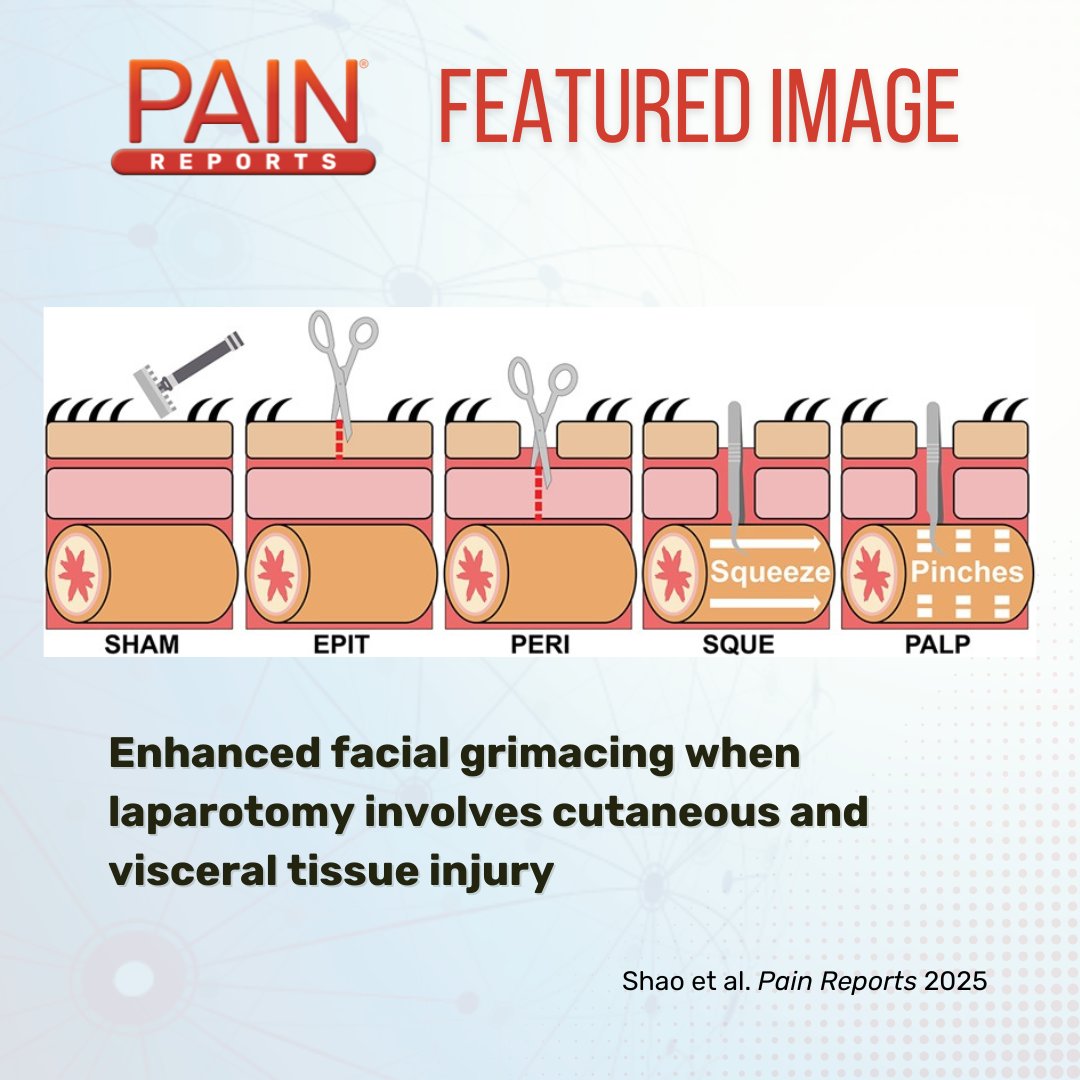
Mark Zylka
@markzylka

Exploring the Cytoplasmic Retention of CRISPR-Cas9 in Eukaryotic Cells: The Role of Nuclear Localization Signals and Ribosomal Interactions liebertpub.com/doi/10.1089/cr… Major et al. Mark Zylka lab


Mark Zylka et al. find that facial grimacing in mice is more pronounced when cutaneous and visceral tissues are injured during laparotomy surgery compared to cutaneous injury alone. Learn more in #PainReports bit.ly/4kyDQ4G



New research suggests autism isn’t just one condition but at least 4 distinct subtypes, each with its own genetic signature and developmental trajectory. The findings could help pave the way for more personalized diagnoses and support. By Giorgia Guglielmi (she/her) bit.ly/4lXfbY7

Mark Zylka et al. find that facial grimacing in mice is more pronounced when cutaneous and visceral tissues are injured during laparotomy surgery compared to cutaneous injury alone. Learn more in #PainReports bit.ly/4kyDQ4G








Dan Tracey This topic has been on my radar for about a decade. The bulk of the epi data supports a link between prenatal APAP exposure and ADHD/ASD risk, as summarized in this 2025 paper from a group at Harvard and Mount Sinai (pubmed.ncbi.nlm.nih.gov/40804730/). Moreover, most epi studies rely on

Incredible! Two groups at UNC received these awards: Jason Stein UNC Neuroscience Center and Laura Klinger UNC Psychiatry. Congrats!


